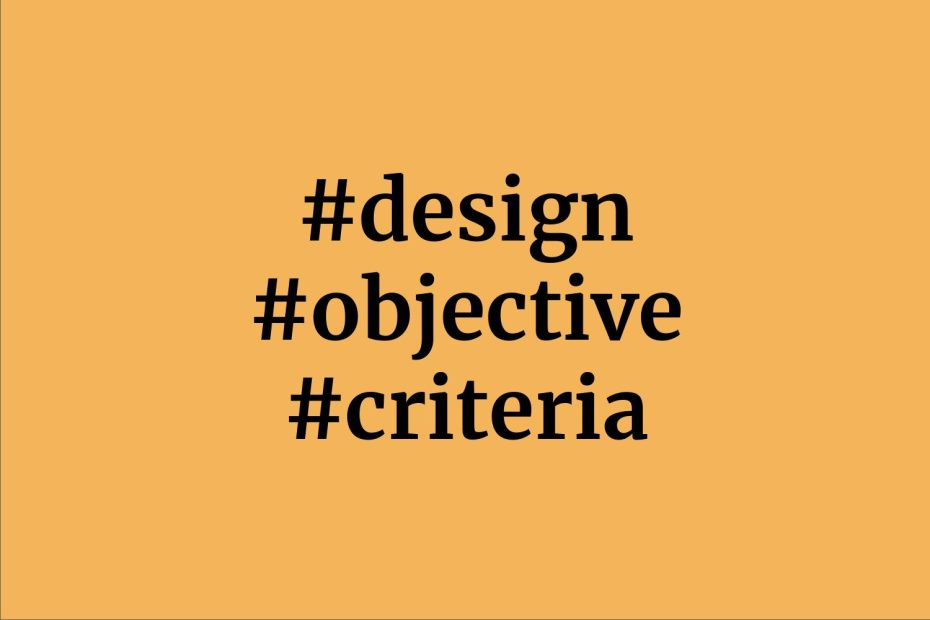Objective criteria for design
Visual appearance is at a first (and also a second) glance a very subjective thing – just because you like how something looks, does not mean at all that another person or your customer will like it too. There is no way of solving that in the future and this means that a certain uncertainty will remain here. But there are some criteria you can measure a design in, which are free from personal preferences and should therefore help you in your work life. As a designer and creative director working in the field for several years now, these are questions you can ask yourself when judging design:
Is it readable?
First off, design is not art. Designers need to enhance the content they get to deliver it to the client, reader or customer in a direct, effective way. In this case, it does not help to shape the looks of your website-header, your folder-pages or your business card in a way that makes reading the important information extra hard. For example by putting text or important shapes like your company’s logo over a very busy illustration or photograph. Also people who should be good at design fuck this up. A good example I stumbled upon this week is the website of the “designmonat graz”, where exactly this happened.

Screenshot of the current “https://www.designmonat.at/”-homepage
Is it structured?

Example of very cluttered, unstructured design
Are all elements serving a purpose?
Does it represent my brand?
With this question, we are touching the subjective area of judging a design a bit, since there are many ways your brand can be represented correctly. But there are clear indicators here as well. Your brand has (hopefully) some sort of guidelines like fonts, colors, the placement and usage of the logo and other brand elements, which the designer must follow. Otherwise, a coherent brand appearance can not be ensured. So, if a designer gets too creative with your marketing material, you need to tell them to stick to your design rules. And for the case that there are no guidelines in place at your company, hit me up and we will sort that out 😉

Example of brand styleguides
